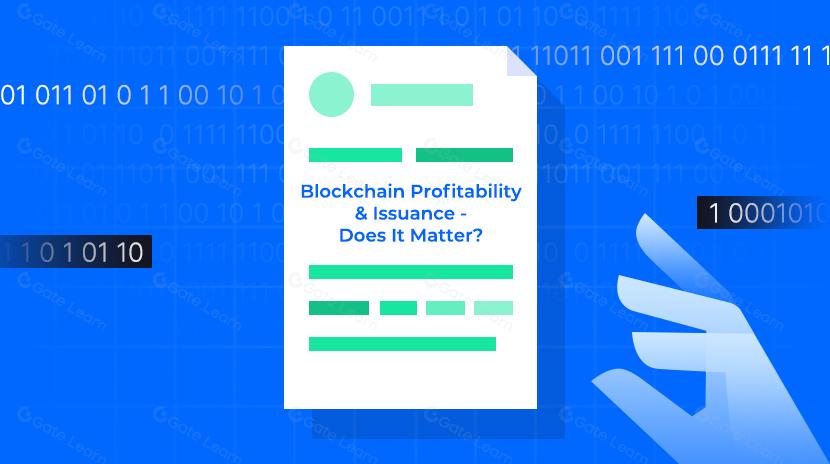Directed Acyclic Graph

A Directed Acyclic Graph (DAG) is an alternative data structure in the blockchain space that allows multiple nodes (transactions or events) to be processed and confirmed simultaneously in parallel, without requiring transactions to be packaged into blocks as in traditional blockchains. In a DAG, each new transaction can directly or indirectly validate multiple previous transactions, forming a directed network without cycles. This enables systems to achieve higher throughput and lower latency, making it particularly suitable for applications requiring rapid processing of large transaction volumes. DAG technology has been adopted by projects such as IOTA and Hedera Hashgraph as an innovative solution to blockchain scalability problems.
Background: The Origin of Directed Acyclic Graph
The concept of Directed Acyclic Graph originates from computer science and mathematics, where it was initially used as a data structure to represent dependency relationships and task scheduling. In the cryptocurrency domain, DAG applications began around 2015, when blockchain technology was facing serious scalability challenges, including slow transaction confirmation and high fees.
Directed Acyclic Graph was proposed as an alternative solution to blockchain, aiming to overcome the limitations of traditional blockchain's linear structure. IOTA's Tangle, launched in 2016, became one of the earliest implemented DAG systems, followed by projects like Byteball (now Obyte) and Hedera Hashgraph that adopted similar design philosophies.
With the growing demand for Internet of Things (IoT) and micropayment scenarios, the requirements for high-throughput, low-latency transactions drove further development and optimization of DAG technology, making it an important exploratory direction for solving the blockchain trilemma (security, decentralization, and scalability).
Work Mechanism: How Directed Acyclic Graph Works
The core working mechanism of a Directed Acyclic Graph differs fundamentally from traditional blockchains:
-
Transaction Validation Model: In DAGs, newly submitted transactions must directly validate two or more previous transactions, forming a validation network. In this approach, each participant simultaneously acts as both a transaction submitter and validator.
-
Consensus Achievement: DAG systems typically employ weight accumulation mechanisms, where a transaction's confirmation level gradually increases as it gets directly or indirectly validated by more subsequent transactions. Systems may use methods like "Weight-Walking Algorithm" to determine the final status of transactions.
-
Data Storage Structure: DAGs don't use blocks but instead add each transaction as an independent node to the network. Nodes are connected by directed edges representing validation relationships, strictly ensuring no cycles are formed.
-
Fork Resolution: When conflicting transactions occur (such as double-spending), DAG systems typically resolve forks using cumulative weight or trusted nodes (like IOTA's Coordinator) to select a main chain path.
-
Attack Prevention: To prevent malicious behavior, many DAG implementations require transaction submitters to complete simple proof-of-work or use other validation mechanisms to ensure system security.
In high-traffic situations, DAG structures can theoretically achieve near-infinite scalability, as processing capacity increases with network activity.
What are the risks and challenges of Directed Acyclic Graph?
Despite showing tremendous potential in solving blockchain scalability issues, Directed Acyclic Graphs face a series of unique risks and challenges:
-
Security Concerns: During periods of low network activity, DAG systems may be vulnerable to 51% attacks, as the reduced number of validators makes it easier for attackers to accumulate sufficient weight to influence the system.
-
Centralization Tendency: To address security issues during low activity periods, many DAG projects have implemented centralized components (like IOTA's Coordinator), which contradicts the core principle of decentralization.
-
Consensus Mechanism Complexity: DAG consensus algorithms are typically more complex than traditional blockchain ones, increasing the difficulty of security audits and vulnerability discovery.
-
Insufficient Theoretical Validation: Compared to blockchain technology, which has been practically tested for over a decade, DAG's long-term stability and security in large-scale applications have not been fully validated.
-
Development Difficulty: DAG-based systems are less developer-friendly, lacking mature toolchains and widely accepted standards, which raises the barrier for application development and ecosystem building.
-
Regulatory Uncertainty: As an alternative to blockchain technology, DAGs face unclear regulatory environments that may affect their application in industries with high compliance requirements.
Directed Acyclic Graph technology is still in the development stage, and these challenges are driving the community to continuously innovate and improve.
Directed Acyclic Graph, as an innovative alternative to blockchain technology, represents an important direction in the exploration of distributed ledger technology. By breaking the linear structural limitations of traditional blockchains, it offers a potential high-throughput, low-latency transaction processing model. Although DAG technology still faces challenges in security, decentralization, and technological maturity, its unique parallel processing capabilities demonstrate significant advantages in scenarios such as IoT, micropayments, and high-frequency trading. As theoretical research and practical applications continue to deepen, DAGs may form a complementary relationship with traditional blockchains in specific application domains, jointly promoting the advancement of distributed ledger technology and the expansion of its application scope.
Share
Related Articles

Blockchain Profitability & Issuance - Does It Matter?

2025 BTC Price Prediction: BTC Trend Forecast Based on Technical and Macroeconomic Data
